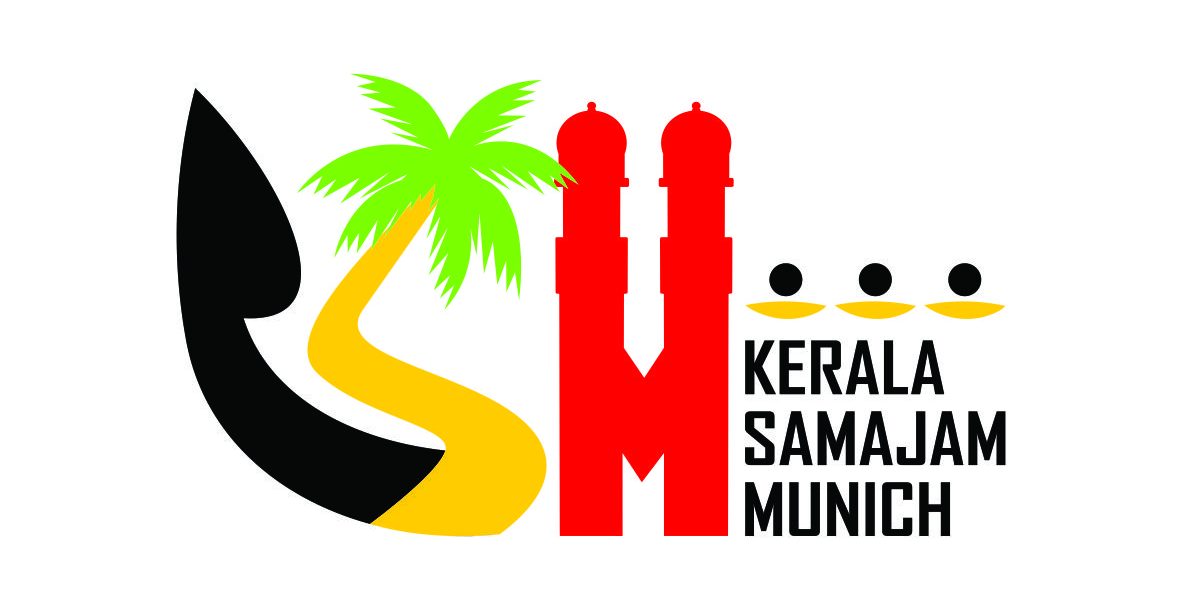The history of Indians in Germany dates back to the 1950s, when numerous Indian men came to study in Germany, most of them engineering. Some of them returned to India after the studies; most of them stayed back for work. In the late 1960s, nurses from Kerala were hired by the German Catholic institutions to work in German hospitals. In 2001, the German chancellor Gerhard Schroeder issued the German green card for IT professionals, which brought another 20,000 Indians to Germany. Today, most Indian-Germans are professionals, such as doctors, engineers, professors or software professionals.
In 1969, when the first Kerala Samajam get-together was organised under the leadership of Dr. Mathew Mandapathil, there were quite a few university students, nurses and Malayalee sisters of different congregations in Munich. The decision was made to meet at least three times a year to celebrate festivals like Easter, Onam and Christmas, a tradition we still follow.
Though the Malayali community in Munich was active and strong in the initial years, the number sank to a minimum in the eighties, when students finished their studies and left Munich. All these years the meeting took place in Johanneskolleg where formerly the students used to live. From 1990 onwards Kerala Samajam events shifted to the Catholic Church, St. Bonifazius, Haar.
On the 26th of May, 2002, the Kerala Samajam was officially registered as an association (eingetragener Verein).
A core committee led by a President is elected for a term of two years. The mission of the team is to organize the Samajam activities successfully and to involve more Keralites and friends in the events. Till now every team has done their level best for the smooth running of the Samajam.
